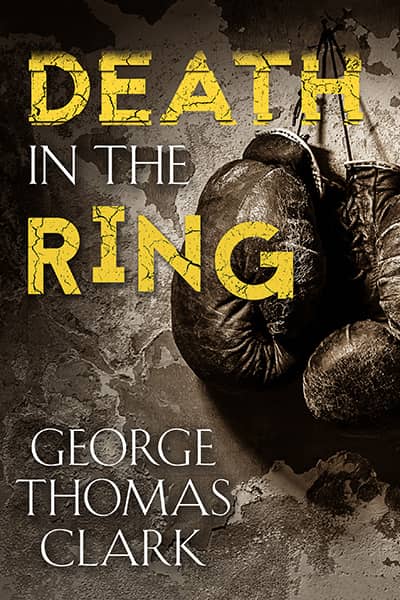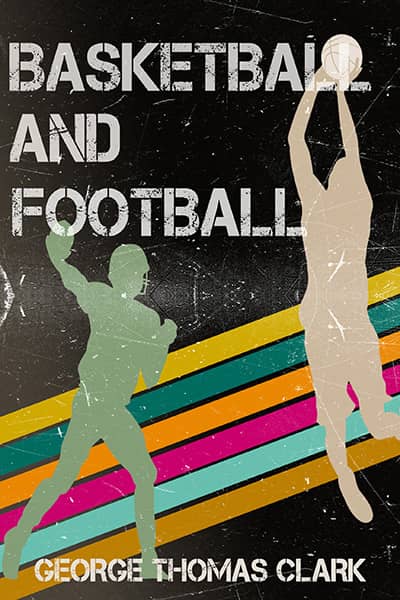Touch of Saturnino Herran
April 24, 2015
You’ve never heard of me? That’s all right, don’t apologize. Most people haven’t. I’ll explain. I am born in this city, not far from the Aguascalientes Museum where we stand, and begin taking private drawing lessons as a child. My progress enthuses instructors, and when I’m eighteen, two years after my father dies, they urge our family to move to Mexico City so I can study at the Academy of Fine Arts. I know what you’re going to ask. Do I know Diego Rivera? Yes, he’s a year older and studies there too, but we’re neither friends nor rivals, just classmates.
I work as a telegrapher and study in the evenings before improving enough to teach at the academy and paint afternoons and evenings. By 1908 I’m ready for a major work. Please note, on the left of this canvas almost seven-feet long I paint a woman, shirt pulled down and both breasts firm and enticing: her baby suckles one while her shirtless husband, back to fellow workers, holds a large gnarled hand protectively over the child. Contrasting this Labor of family is the work of men, three of whom pull on a large rectangular stone as another pries underneath with a long stick. The power and precision of this painting stuns people. I’m only twenty-one. The secretary of education buys Labor for his personal collection, and though I don’t brag, I feel like an old European master. I feel like Velasquez. And I vow to be worthy.
The following year I create more magic in Pot Sellers, right over there. A worn and discouraged mother looks at us, knowing we won’t buy her pots and those of her early-teen daughter, who warily watches us examine her mother and senses she’s destined for similar distress. I have a far better life, working and teaching and generally receiving praise, though some critics call my European-style paintings too delicate, even effeminate. All right. You want someone tough, someone masculine. Here he is, The Cockfighter, a forever frowning and suspicious man from the fields, bearded and shielded by a brown sombrero and red and black pancho. He doesn’t trust you, he trusts no one but the rooster in his arms. His cock will settle matters with two claws more wicked than the man’s hateful face people still love and sell on postcards and paint in murals in this hot and dry city.
I’m much happier in Mexico City where I meet Rosario, the lady I will marry, and during this period paint The Beggar, a humble man with a scraggly beard and frightened eyes and a bandaged bloody hand and his hat in his other hand. I love this man, and people standing here often feel the same, but on the streets he receives little help and affection.
Come over and look at the Banana Seller. This old man, his thinning hair gray as his beard, isn’t really selling this blackened bunch of long bananas. He’s being broken by their weight, he’s choking as they envelop his neck. He wants no more.
I want to paint and live forever with my wife and son, and feel I can. I’m only thirty-one. Don’t I seem fit? This pain in my stomach will go away. I keep waiting for it to disappear. Surely, it soon will. It must. It’s been two months. I can’t eat much. Now I can’t eat at all. And I’m vomiting blood. You must have an operation for your ulcer, says the doctor. My wife agrees. I feel dead when I awake and six days later they close my eyes.
Decades later the Palace of Fine Arts in Mexico City decides to send more than seventy of my works back to the place of my birth, back to Aguascalientes where in galleries next to the green courtyard of this serene museum I show people my work and stimulate them with dreams of what Saturnino Herrán could have done with a little more time.














